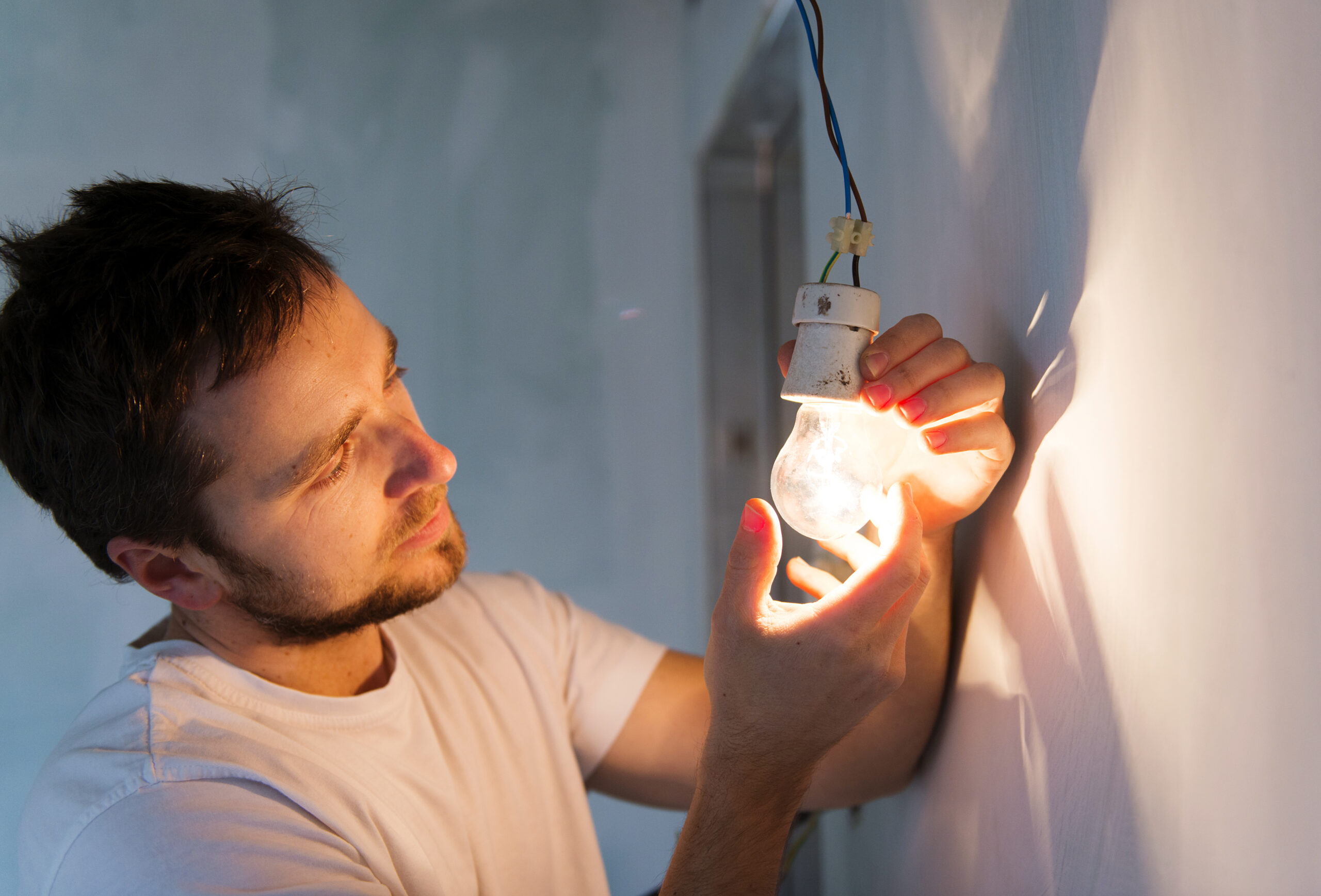Introduction to Inclusive Cleaning Practices
Cleaning is an essential part of maintaining a healthy and comfortable home, but it can be challenging for people with disabilities. Traditional cleaning practices may not be accessible or inclusive, which can make it difficult for individuals with mobility issues, vision impairments, or other disabilities to participate in the process. However, by implementing inclusive cleaning practices, you can ensure that everyone in your household has access to a safe and hygienic living space.
The Importance of Accessible Cleaning Routines
Creating an accessible cleaning routine involves more than just using adaptable tools and equipment; it also requires careful planning and consideration. By developing a schedule that accommodates individual needs and abilities, you can help reduce stress and anxiety related to cleaning tasks. Additionally, establishing clear expectations and responsibilities can promote independence and self-sufficiency among family members and housemates.

Tips for Creating an Accessible Cleaning Schedule
1. Assess individual needs and abilities: Before creating a cleaning schedule, take time to evaluate each person’s physical and cognitive capabilities. This will help you identify potential barriers and develop strategies to overcome them.
2. Use visual cues: Visual aids such as checklists and color-coded labels can help individuals with cognitive disabilities stay on track and complete tasks effectively.
3. Provide training and support: Offer guidance and assistance to those who need it, especially when learning new skills or adjusting to changes in routines.
4. Choose appropriate supplies and tools: Select cleaning products and equipment that are easy to use and adaptable to different situations. For example, opt for microfiber cloths instead of traditional dusters, which can aggravate respiratory conditions.
Adapting Your Cleaning Supplies and Tools
One way to make cleaning more accessible is to modify existing supplies and tools to better suit individual needs. Here are some examples of how you can do this:
1. Purchase long-handled brushes and mops to reach high areas without having to climb ladders or stepstools.
2. Use ergonomically designed cleaning tools that are easier to grip and maneuver.
3. Adapt spray bottles with trigger handles or attach Velcro straps to make them easier to hold.
Conclusion: Making Your Home Accessible for All
By incorporating inclusive cleaning practices into your daily routine, you can create a safer and more welcoming environment for all residents. Remember to assess individual needs and abilities, provide training and support, choose appropriate supplies and tools, and continually reevaluate and adjust your approach as needed. With these strategies in place, everyone can contribute to keeping your home clean and tidy while promoting independence and inclusion.

